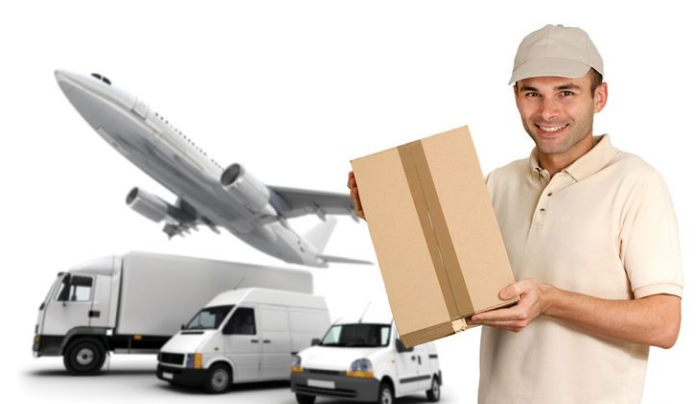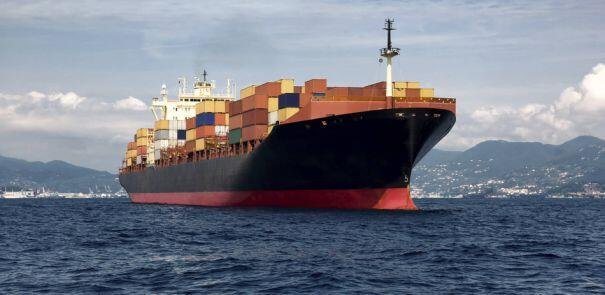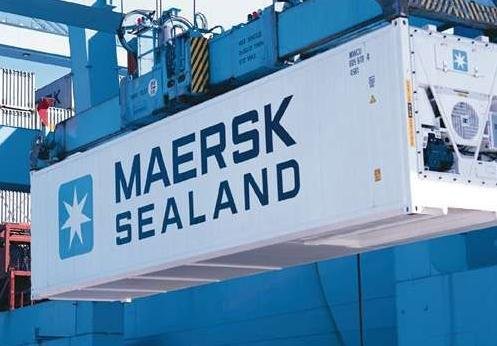Imported from China, some people will wonder which transportation method is the most suitable and safest to choose. Today I will talk to you about the advantages of express, air and sea transportation.

What is national logistics?
International logistics refers to the logistics carried out between two or more countries (or regions). The logistics methods included include sea, air, express, and land transportation.
The advantages of national express, sea and air transportation
1.International express
The main service of international express is documents and small parcels, so its starting price is lower than that of air freight, and the time is faster. International express companies have their own network, and it will be more convenient to track and query the goods. And there will be detailed transfer records. There is also the express service is door-to-door, which can handle customs declaration, customs clearance, commodity inspection and other procedures on behalf of customers. At present, international express is mainly: DHL, UPS, TNT, FedEX, EMS. There are also international parcels that are more popular now, such as China Post parcels. Trade terms are generally delivered directly to the customer (but generally the tariff to the customer is paid by the customer). We know that international express delivery is air transportation, and the time is fast. International express will take the data according to the actual weight and volume of the goods, whichever value is larger.
For example: if the actual weight of a cargo is 10KG and the volume is 5KG, then the weight is 10KG.

2.Shipping by sea
National shipping is the most important mode of transportation in international trade, accounting for more than two-thirds of the total international trade volume; many countries, especially coastal countries, are willing to use ocean transportation. The coastline of our country is more than 18,000 kilometers, and there are many excellent non-freezing ports along the coast, which have favorable conditions for the development of maritime transport. Most of China's import and export goods are transported by ocean transportation. The advantages of ocean transportation are the large volume, low shipping cost, and easy access to sea lanes. However, the speed is slow, the navigation risk is high, and the navigation date is not easy to be accurate, which are its shortcomings.

3. International Air Transport
The service providers of international air transportation work directly with major airlines, and the cost is relatively low, so the freight is naturally lower than the express way. For example, larger and heavier cargo will have an advantage in billing by air freight. The main body of air transportation is all major international airlines as long as there is an airport. There are almost no blind spots. Unlike express delivery, they charge based on distance, and express delivery sometimes depends on the local trade. How much is billed. For example, countries such as Eastern Europe, Northern Europe, West Asia, Latin America, and Africa are all positioned as remote countries in express delivery services, and the billing is particularly high. In this case, we choose air transportation. The difference between air freight and international express delivery is that express delivery is generally small and light goods; large or heavy goods must be transported by air. Air transportation is mainly airlines, EK/EY/CX/TK/SA/CZ/CA /AA etc.
Terms: To the destination airport or to the door.
The general starting point for air transportation is weight: 45KG and above.
Take the value of the actual weight and volume of the cargo.
But the volume and weight of air freight is somewhat different.
Air transport volume weight = length * width * height * 167 (unit: m) (also can be understood as: one square = 167KG)
Customs declaration/customs clearance is more complicated than express delivery. After all, express customs clearance is handled by the express company, so you don't need to worry about it. In many cases, air transportation may need to handle customs declaration by yourself or find an agent, so air transportation generally has customs declaration fees.

We also added that the bulk cargo shipping
Bulk cargo shipping
Bulk cargo shipping is also called bulk cargo consolidation. Bulk cargo in ocean shipping generally refers to put goods, not full of a box of bulk cargo that needs to be consolidated (such as books, clothes, daily necessities, etc.). In fact, the bulk cargo in LCL refers to a small amount of cargo that cannot be filled individually with a whole box, and the cargo that arrives at the destination after being combined with the cargo of other shippers and packed together. LCL means sorting and sorting according to the nature of the cargo and the destination.
Put the goods going to the same destination together into a whole cabinet and then ship them together. So a container will have goods from different owners, so everyone will share the cost. Therefore, bulk cargo also has port of departure and port of destination costs; the terms of transport can also be CIF/CNF/FOB/DDU/DDP, etc.
A 20GP small cabinet can normally hold 28 squares, so if it is much smaller than this square number, such as a few squares or a dozen squares, many people may choose to LCL. The starting point for bulk cargo is 1 square (unit: cubic meter), which means that less than 1 square must be calculated as 1 square. So, is it all right for one party regardless of the weight?
Generally it is 1CBM:500KGS: It means that the upper limit of one square is 500KG, as long as it does not exceed 500KG, it is counted as one square. More than 500KG, such as 1000KG, even if your volume is one square, you have to calculate it according to two squares (however, there are some 1CBM:1000KGS).

Q1: How should you choose the transportation method that suits you?
- Goods that are greater than or equal to 1 square and heavy in weight can be considered by sea. If the weight is very large, such as a few hundred kilograms, even if the volume is only about 0.5 square, you can also consider shipping by sea, but it will take longer.

- For goods above 45KG (not large in size), you can choose to transport by air, and the time limit is very fast. It will take 3-7 working days to arrive at the recipient’s airport.

- For goods below 45KG (not large), you can choose international express, and even if there are too few, you can also choose international small packages. International express prices have advantages and can be delivered directly to customers (more worry-free and trouble-free)

Q2: What information needs to be provided?
Sea transportation: Freight forwarders can help solve all aspects of loading and unloading transportation, customs declaration, and sea transportation, but Chinese suppliers need to make "packing list, commercial invoice, supplementary materials" and other materials required for customers to pick up the goods, check the bill of lading information, these It also needs to communicate with customers. A bill of lading is a proof of property rights, and a bill of lading is required for customs clearance and delivery.

Air freight: Provide the destination airport, packing list, commercial invoice, and confirm the details of the bill of lading. The air waybill is not a proof of title of the consigned goods and is not a necessary condition for delivery. Therefore, even if there is no air waybill, the consignee can still pick up the goods.
International express delivery: usually you need to fill in the international express delivery form, if it is goods, you need to provide a commercial invoice, and special goods also need to provide other supporting documents.
Summarize:
For small items that have safety requirements, air transport or national express is recommended. If it is not urgently needed, large items, without warranty and timeliness requirements, sea transport is recommended!



